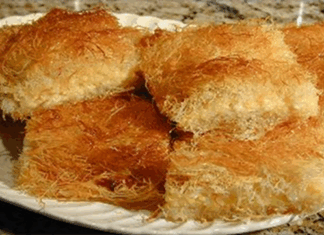SARATOGA, CA —“This beautiful tart pairs a favorite duo, apricots and almonds, in sublime fashion,” says Lisa Prince Newman, author of For the Love of Apricots: Recipes and Memories of the Santa Clara Valley, now in its fifth anniversary edition. In 2018, Lisa prepared this recipe for the Marin County Fair Pie Competition (a highly competitive experience), and won second place. “I’ve made this recipe each June with fresh Blenheim apricots and consider it my finest pastry of the summer.”
Lisa grew up in Saratoga in what was known at the time as The Valley of Heart’s Delight. “The Valley of Heart’s Delight flourished for 100 years, from the California Gold Rush until World War II, with family farms spreading across 150 square miles. Then, as now, the area enjoys coastal cooling through its northern border with the San Francisco Bay and inland warmth from the protective Coast Range Mountains that frame it to the east and west. Blessed with some of the richest topsoil in the world and a nearly year-round growing season, the Valley of Heart’s Delight was unique for its agricultural productivity and fruit orchard production,” she adds.
At one time, California boasted 18,600 apricot orchard acres, but after WWII, agriculture and housing priorities shifted dramatically, with apricots getting the short end of the stick. As of 2017, the Bay Area’s Santa Clara and San Benito counties combined had just 696 acres of apricot orchards remaining, down from their peak of 8,800 acres in the 1940s. “The season for apricots is from early May to August. Approximately 85 percent of the U.S. crop comes from California and 15 percent from Washington — so you can consider them a West Coast treat. Fresh apricots are petite, round fruits that are pale yellow to bright orange in color, depending on the variety and how ripe they are when picked,” says Lisa.
“Apricots are a good source of flavonoids, an antioxidant that helps to protect against inflammation and inflammatory illnesses, along with reducing your risk for obesity, diabetes, and heart disease. The potassium in the fruit can lower blood pressure levels and can hence prevent heart attacks. And the fiber in the fruit lowers cholesterol levels and prevents heart-related diseases like atherosclerosis.”

Celebrate the tart sweetness of this treasured fruit with this award-winning recipe:









